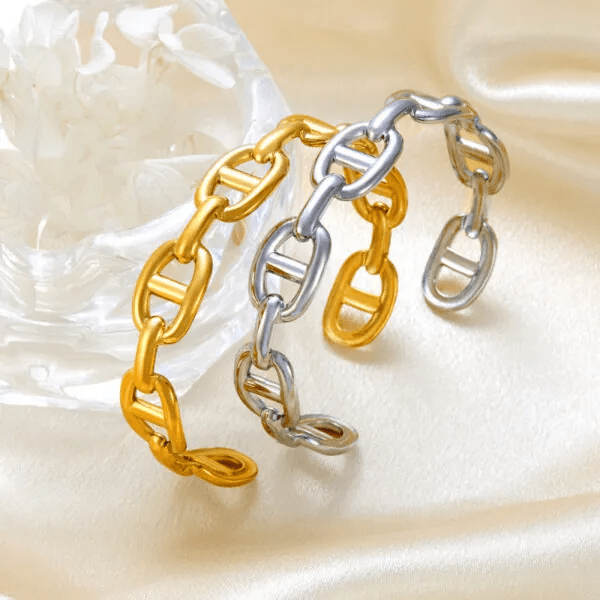For businesses that procure a gold plating jewelry service, the specification of thickness is a primary factor in product integrity. This measurement dictates the longevity and wearability of the final item. Star Harvest works with clients to define this critical parameter, ensuring their gold plating jewelry meets exact market demands and quality expectations.

The Units of Measurement
Gold plating thickness is commonly specified in microns or microinches. This precise measurement forms the foundation of any technical data sheet for a gold plating jewelry service. Star Harvest utilizes advanced equipment to verify that the gold plating jewelry they produce adheres to the agreed-upon micron specification, providing a objective quality standard for their partners.
Heavy-Duty versus Light-Use Applications
A piece intended for daily wear, like a ring, requires a substantially thicker plating compared to a decorative pendant. Star Harvest advises on these functional categories, helping clients select the appropriate level for their gold plating jewelry service. This strategic guidance prevents the use of insufficient plating on items that will face constant abrasion.
Correlation Between Thickness and Layer Integrity
A thicker gold layer provides a more robust barrier against tarnishing and base metal diffusion. This integrity is a key outcome of a high-quality gold plating jewelry service. For Star Harvest, a clear specification for gold plating jewelry thickness is the most effective method to achieve a consistent and durable finish that reflects well on the brand.
Making an Informed Specification
A one-size-fits-all answer does not exist for gold plating thickness. The decision hinges on the product’s use case, design complexity, and quality position. A collaborative partnership with a provider like Star Harvest, which offers a precise and communicative gold plating jewelry service, empowers brands to specify a thickness that delivers on both durability and value for their gold plating jewelry collections.